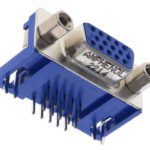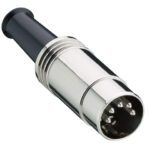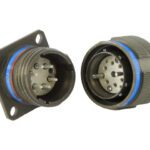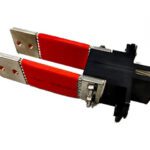What are Overmolded Cable Assemblies?
Meet the Connector: Overmolded Cable Assemblies
Connector and cable assemblies that are used in harsh environments, that undergo frequent sanitation procedures, or are subjected to strenuous handling benefit from the protection of overmolding.

Overmolded cable assemblies combine the connector and cable into one seamless piece. The process involves using two or more materials to encapsulate and contain the wire and connector to create a single part. Overmolding guarantees mechanical integrity while protecting the components from exposure to elements and a variety of stresses, including shock, abrasion, chemicals, radiation, moisture, sterilization procedures, excessive bending, repeated mating and unmating, and extreme temperatures.Axon Cable,
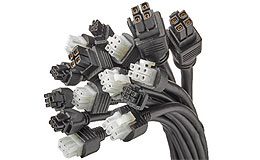
Molex designs and manufactures custom overmolded cable assemblies.
Overmolding is accomplished through a process of injection molding. The cable assembly is placed into a mold that is then filled with molten plastic. The overmolding materials must be carefully selected to meet the specific requirements for the application such as the integration of complex shapes or hardness for friction resistance. Other considerations are waterproofing and resistance to abrasion, chemicals, or heat.
In addition to increased protection, overmolding can be used to make the connector easier to integrate into the system and to improve its aesthetics by giving the product its final shape. This is achieved with either low-pressure technologies (mono- or bi-component resins) or high-pressure thermoplastic materials. Plastic or metallic inserts can also be incorporated into the overmold for strength and improved sealing in certain areas. Overmolding eliminates the need for sonic welding, bonding, or gasketing.
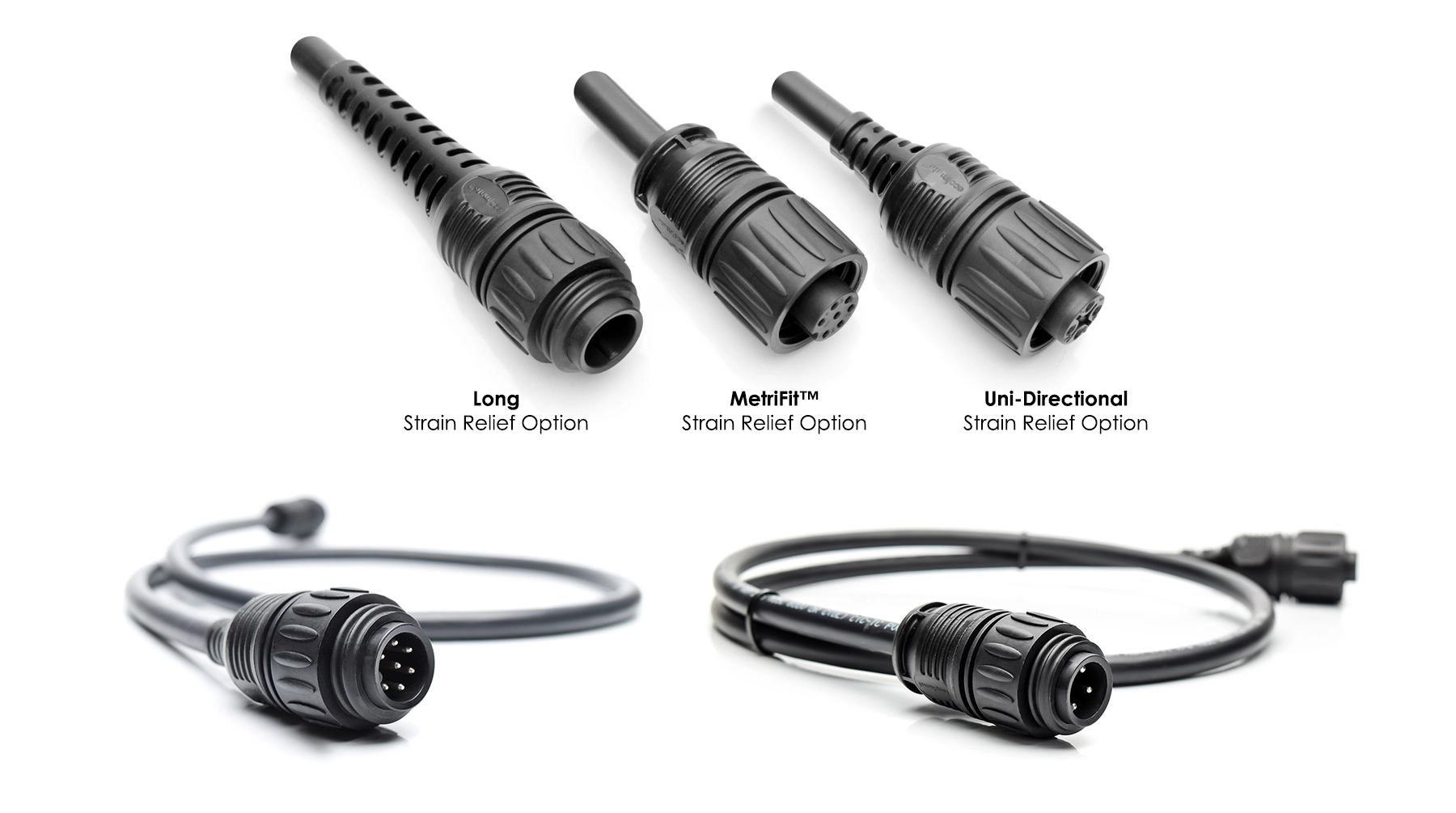
Amphenol Industrial Ecomate Overmolded Cable Assemblies
Three types of overmolding methods are specified most frequently:
- Two-shot: The molding machine injects the first material into a closed cavity, then moves the mold to form a second cavity. The first component then is inserted into the second cavity for injection of a second material.
- Multi-shot: Multiple injections of multiple materials are injected into the same cavity throughout the same molding process.
- Insert: A pre-molded insert is positioned within the mold prior to injecting the second material.
Prototyping
The advancement of 3D printing has greatly enhanced prototyping technology. Now engineers can easily and cost-effectively produce and try out an overmolded cable assembly design to ensure that it functions properly in the intended system before investing in manufacturing.
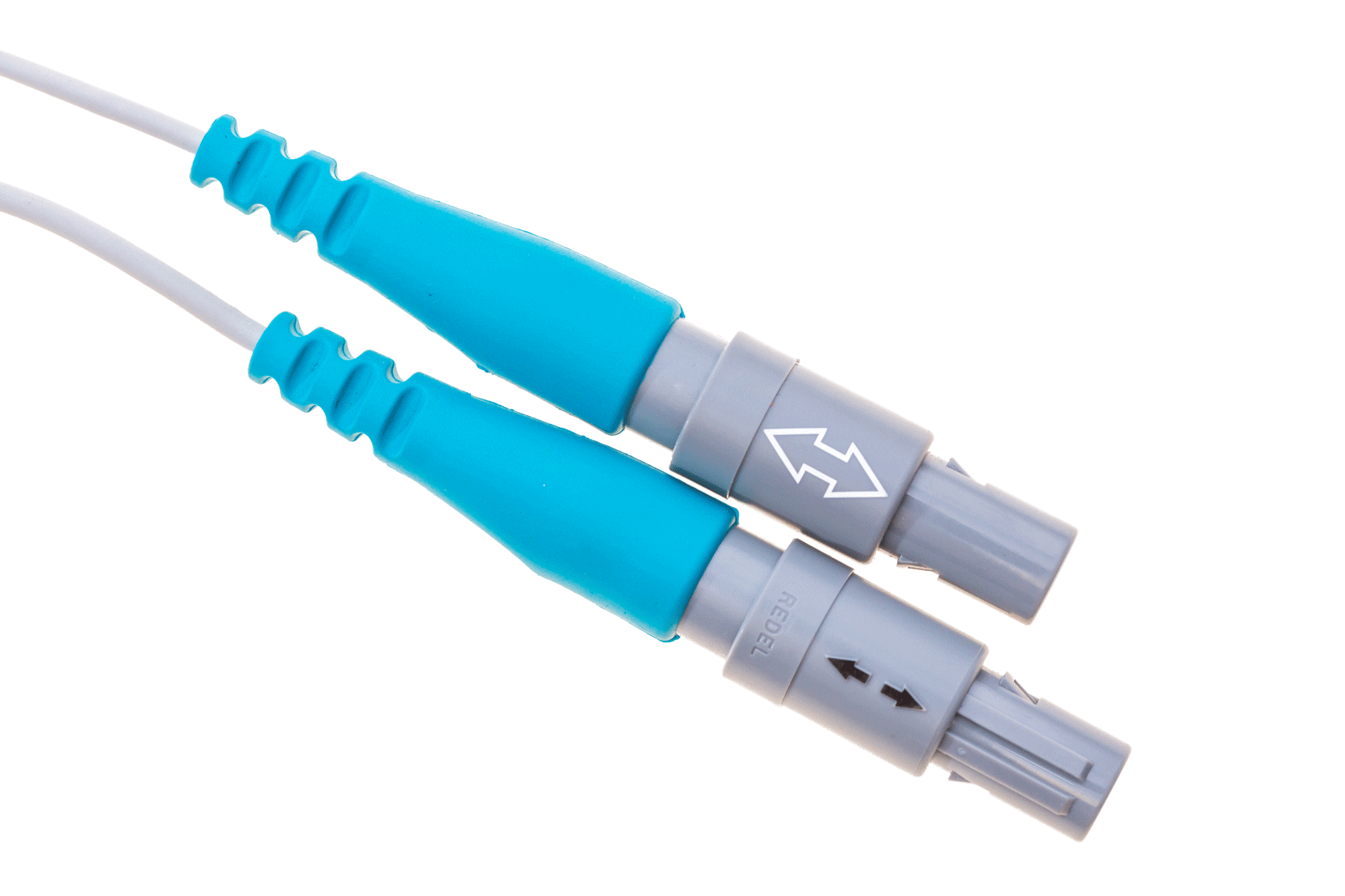
Northwire offers low-pressure injection molding; 10-ton horizontal with vertical clamp high-pressure injection molding with four-ounce maximum shot size; strain-relief molding; and cable-to-connector over mold
Design Notes
- Materials Common overmold materials include thermoplastic polyurethane (TPU), polyvinyl chloride (PVC), polypropylene (PP), polyethylene (PE), Santoprene (TPV), or acrylonitrile butadiene styrene (ABS). Silicone rubber is widely used for overmolding because it tends to be non-reactive and stable. Silicone is resistant to extreme environments and can maintain its useful properties in a wide temperature range, -55 °C to 70 °C. In some cases, the contacts are bonded in neoprene high-performance rubber. Neoprene has heat resistance up to 70 °C as well as excellent moisture resistance.
- Customization Color can be added to overmolding to differentiate assemblies (color-coding), to incorporate a logo or branding, or to blend in with the equipment. Overmolding can be straight or at an angle to accommodate any exit required by the application.
Markets, Sectors, and Applications
Military equipment, solar energy, telecommunications, consumer electronics, medical equipment, and industrial/OEM applications.
Overmolded Cable Assembly Suppliers
Amphenol Industrial, Axon’ Cable, binder, CDM Electronics, JAE, Molex, Northwire, Neutrik, Omnetics Connector Corporation, PEI-Genesis, Phoenix Contact, TTI, Weidmüller, and others.
Related Products
- Overmold tooling
- Industrial cable assembly
Visit our Preferred Supplier pages for the companies mentioned in this article: Amphenol Industrial, Axon’ Cable, binder, CDM Electronics Inc., JAE, LEMO Connectors, Molex, Neutrik, Omnetics Connector Corporation, PEI-Genesis, Phoenix Contact, TTI, Weidmüller
Like this article? Check out our other Meet the Connector and Harsh Environment articles, our Medical Industry Page, and our 2022 Article Archive.
Subscribe to our weekly e-newsletters, follow us on LinkedIn, Twitter, and Facebook, and check out our eBook archives for more applicable, expert-informed connectivity content.
- Sealing Success: Overmolding for More Secure Connections - April 23, 2024
- Medical Cable Assemblies Product Roundup - April 23, 2024
- Mezzanine Connectors Product Roundup - April 16, 2024
